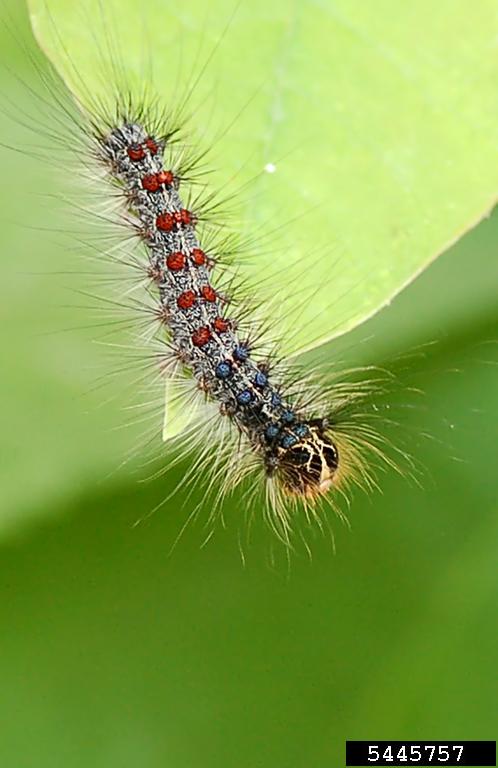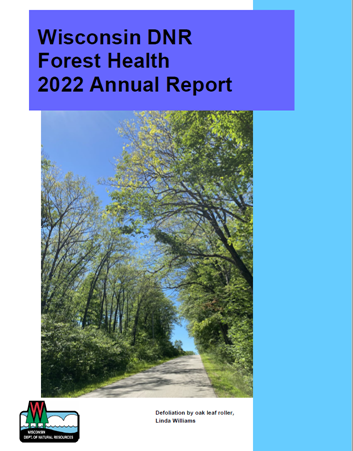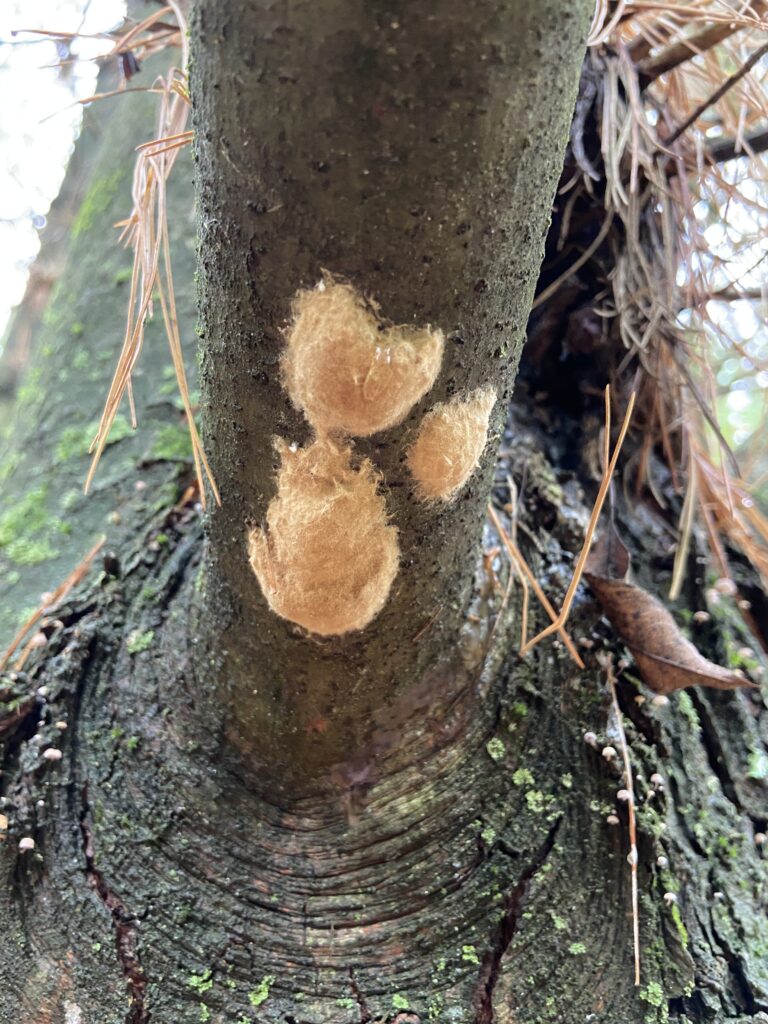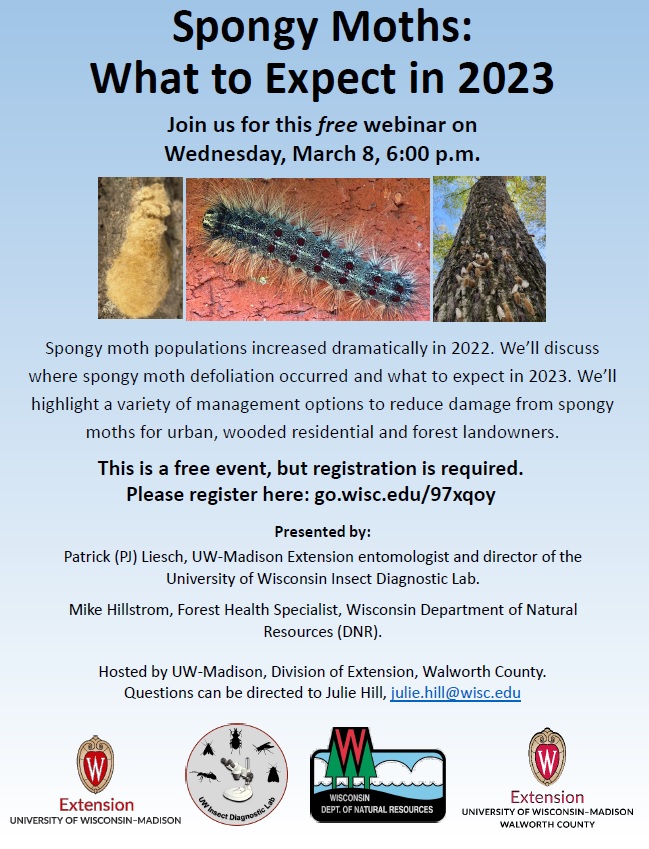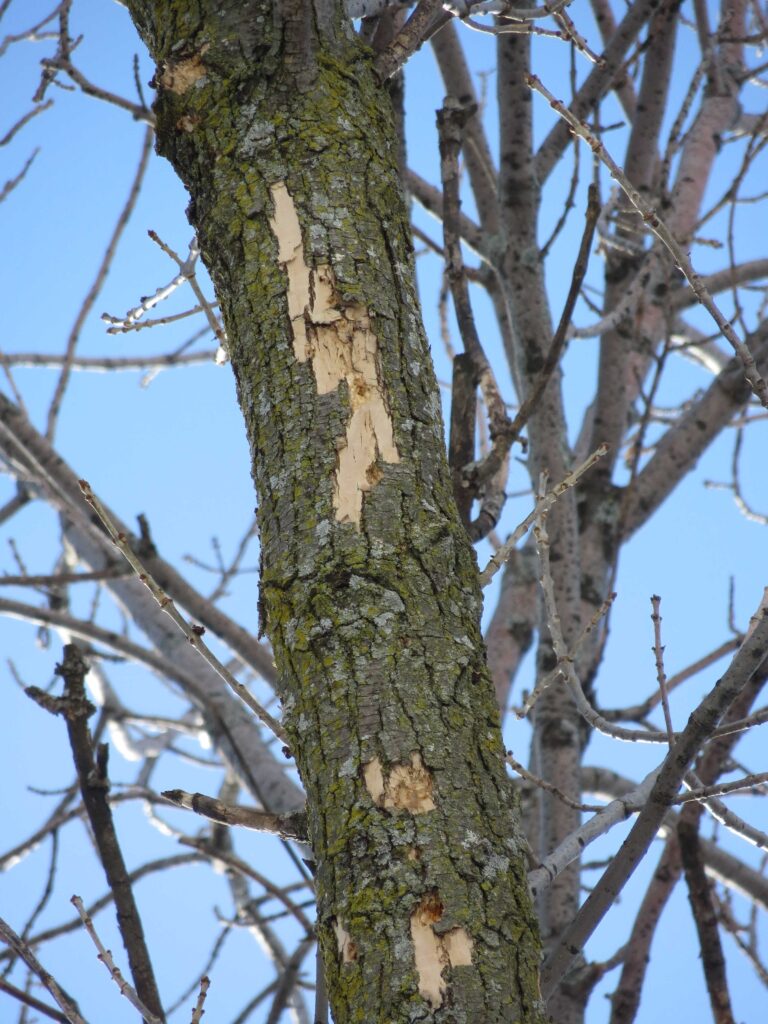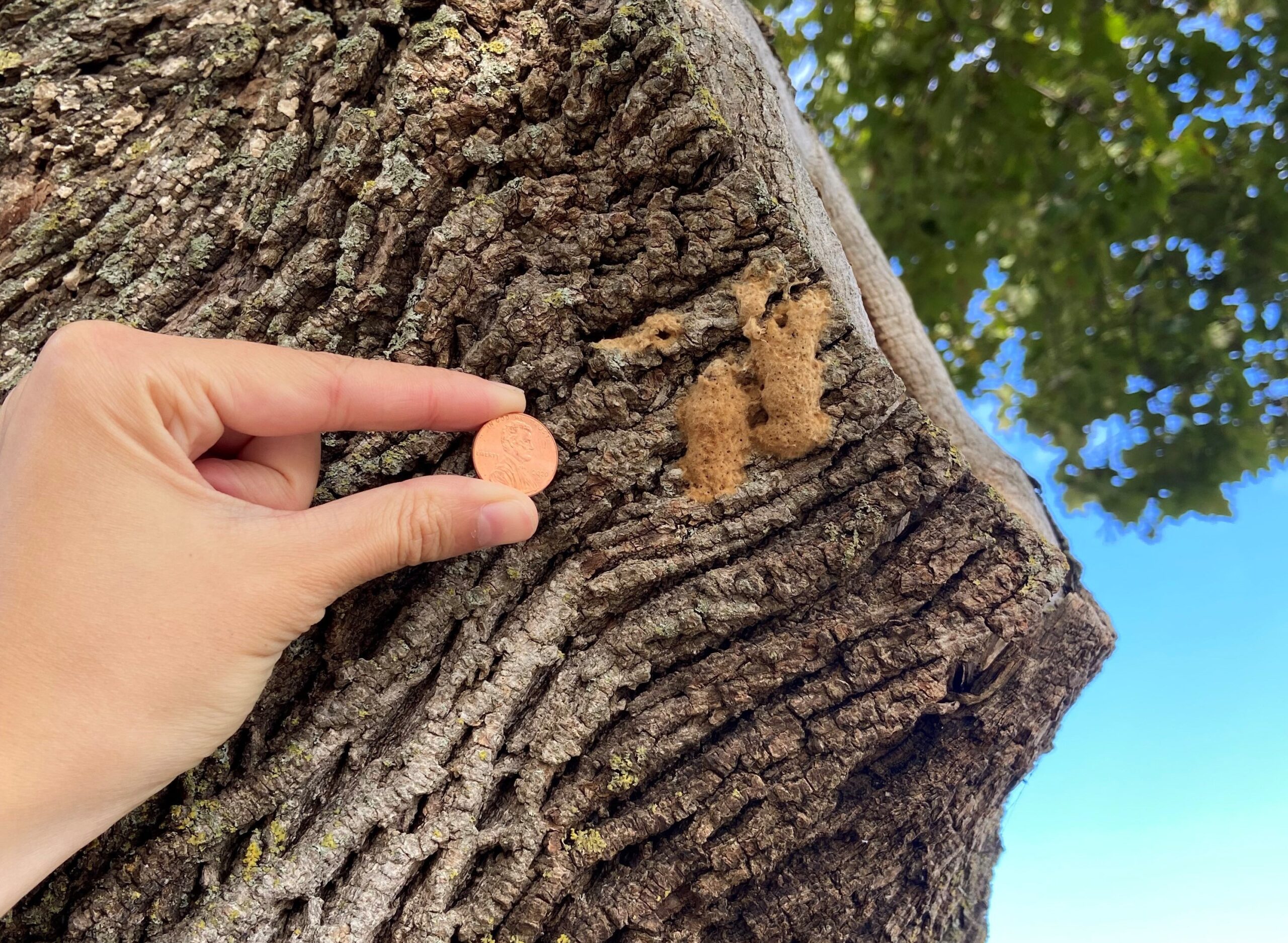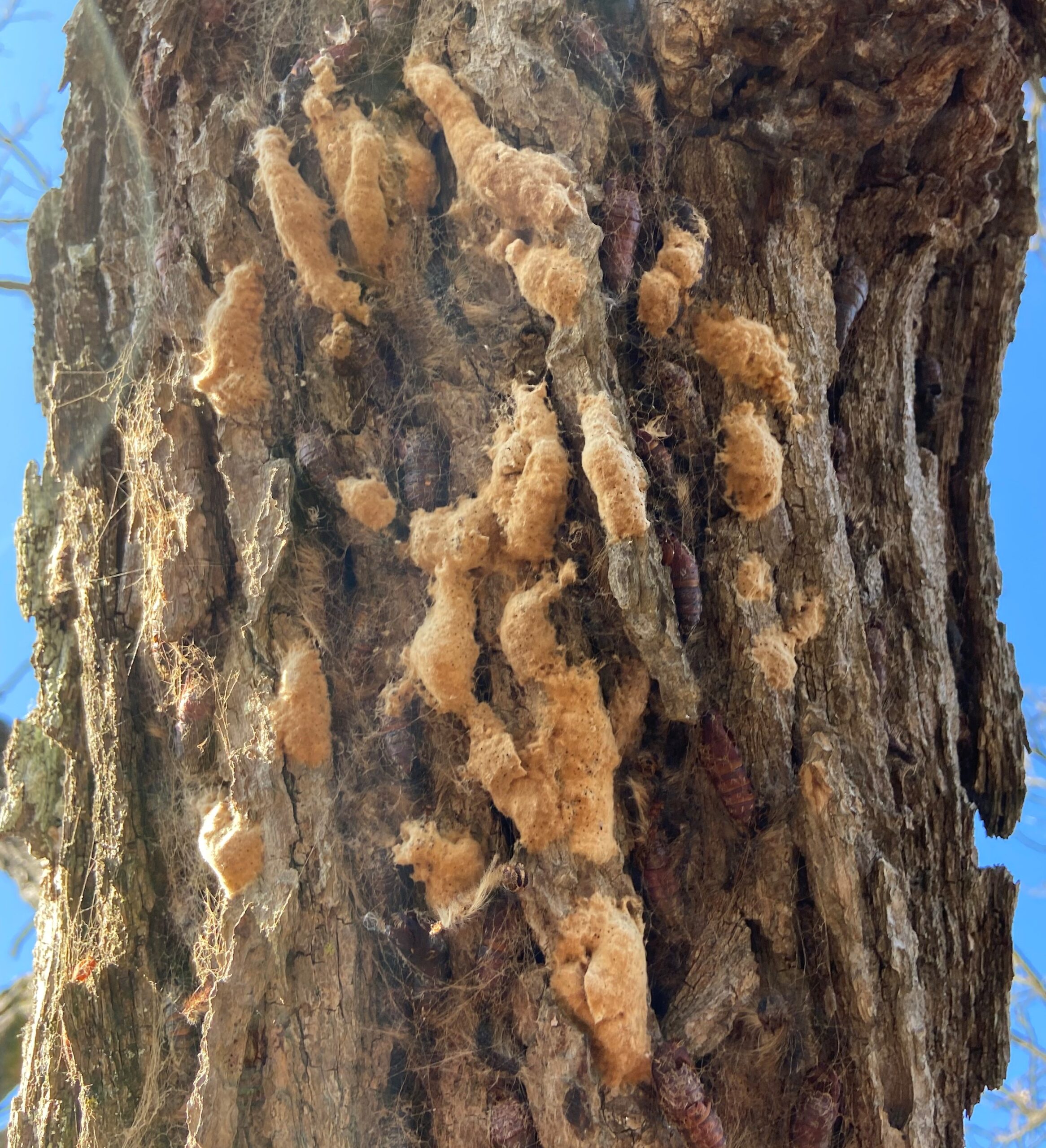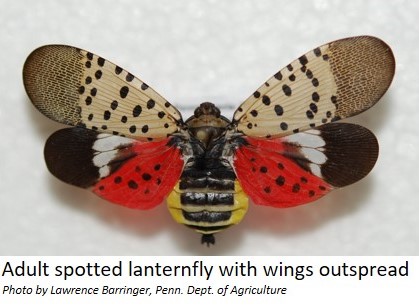By Art Kabelowsky, DNR Forest Health Outreach Specialist, Arthur.Kabelowsky@wisconsin.gov or 608-335-0167
Another photo will be hung on the unofficial “Wall of Fame” bulletin board inside the Department of Natural Resources Forest Health Lab in Fitchburg.
Ethan Wachendorf, who joined DNR as a laboratory assistant on May 23, 2022, departed on Thursday, March 23, to pursue a Master of Science in plant pathology at Michigan State University in East Lansing.
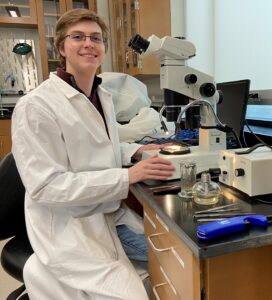
Ethan Wachendorf
Wachendorf started as a summer lab assistant, but at the start of 2023 became a dual LTE, working as the lab assistant. The Colorado native joined the DNR after earning a bachelor’s degree in government (with a minor in biology) from Lawrence University in Appleton.
Wachendorf said he was drawn to Michigan State for post-graduate studies after working with Dr. Monique Sakalidis, who runs the university’s forest pathology lab.
“I’ll be working on oak wilt testing and management techniques, such as herbicide, fungicide, rapid response and the way the trees change physiologically,” Wachendorf said.
He will work full-time at the Michigan State lab until the fall semester, when he will split his time between lab duties and classwork.
His Wisconsin impressions include how “Midwest nice” the people are, how good the beer is, and how cold it gets — and stays — in the Badger state.

